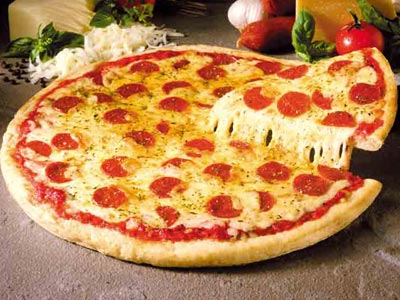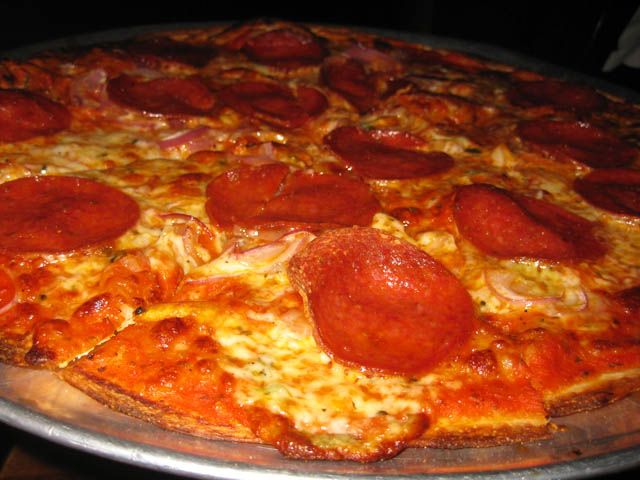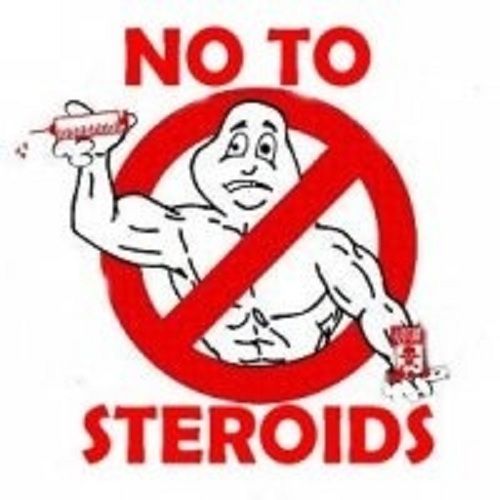Choosing a Shoe: The Very Basics
[from Runnersworld]
There’s no single 'best shoe' – everyone has different needs. All sorts of things - your biomechanics, your weight, the surfaces you run on, and obviously, the shape of your feet - mean that one person's ideal shoe can be terrible for another person.
We divide our shoes into three main categories (cushioned, stability and motion control); and three minor ones (performance training, racing and off-road). The first three are everyday options and are categorised essentially by your biomechanical needs; the second three are more specialised and you’d often only consider them as second shoes.
The first step in finding your basic shoe needs is to try our 'Wet Test', below or, preferably, to visit a biomechanics expert or experienced shoe retailer.
The Wet Test works on the basis that the shape of your wet footprint on a dry floor or piece of paper roughly correlates with the amount of stability you might need in your shoe.
The Normal Foot
Normal feet have a normal-sized arch and will leave a wet footprint that has a flare, but shows the forefoot and heel connected by a broad band. A normal foot lands on the outside of the heel and rolls inwards slightly to absorb shock. It’s the foot of a runner who is biomechanically efficient and therefore doesn’t need a motion control shoe.
Best shoes: Stability shoes with moderate control features.

The Flat Foot
This has a low arch and leaves a print which looks like the whole sole of the foot. It usually indicates an overpronated foot – one that strikes on the outside of the heel and rolls inwards (pronates) excessively. Over time, this can cause many different types of overuse injuries.
Best shoes: Motion control shoes, or high stability shoes with firm midsoles and control features that reduce the degree of pronation. Stay away from highly cushioned, highly curved shoes, which lack stability features.

The High-Arched Foot
This leaves a print showing a very narrow band or no band at all between the forefoot and the heel. A curved, highly arched foot is generally supinated or underpronated. Because it doesn’t pronate enough, it’s not usually an effective shock absorber.
Best shoes: Cushioned (or 'neutral') shoes with plenty of flexibility to encourage foot motion. Stay away from motion control or stability shoes, which reduce foot mobility.

THE RIGHT FIT
[from footcaredirect.com]
Only you can tell if shoes fit. If they aren't comfortable, don't buy them!
Don't plan on shoes stretching with wear. If you already own shoes that are too tight, ask your shoe repair shop if they can be stretched.
Because feet spread with age, have your feet measured every time you buy shoes. Both feet should be measured as they are often different sizes. Always buy shoes for the BIGGEST foot.
Go shoe shopping late in the afternoon. Feet swell to their largest then.
Size depends on shoe make and style, too. Don't insist you always wear one size if the next feels better.
The toe box should be roomy enough so you can wiggle all your toes.
Your forefoot should NOT be wider than your shoe.
The heel should fit snugly and the instep should not gape open.
If you can't find shoes that fit, ask your doctor for advice.
Arohead Fitness Club - Nitin Mahajan













 THICK CRUST
THICK CRUST THIN CRUST
THIN CRUST








